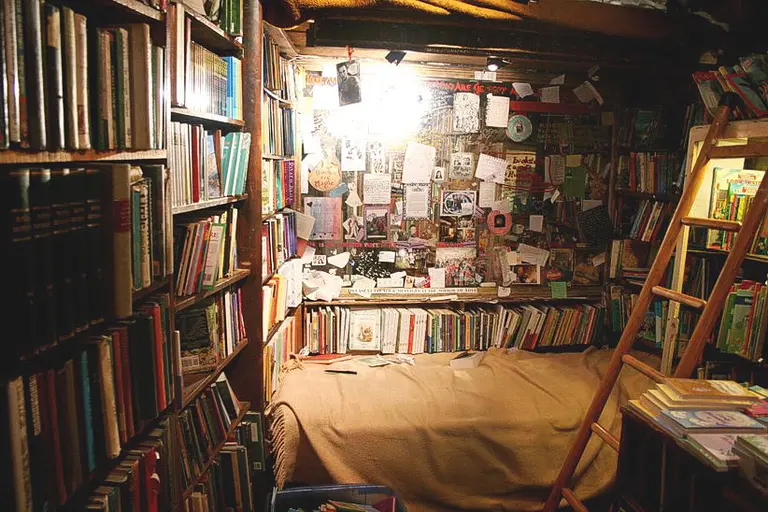August 8, 2017
In May, State Senators Brad Hoylman and Liz Krueger drafted a letter to the Landmarks Preservation Commission asking them to designate the Rose Main Reading Room (one of the largest uncolumned interior spaces in the world) and the Bill Blass Public Catalog Room at the iconic Stephen A. Schwarzman Building on 5th Avenue as interior landmarks. Though the LPC has been criticized in the past for their backlog of potential landmarks, they quickly put the request on their schedule and just this morning voted unanimously in favor of the designations, which protect the spaces' murals, decorative plasterwork, metal and woodwork, light fixtures, windows, doors, balconies, built-in bookcases, and decorative elements.
Get the full scoop

